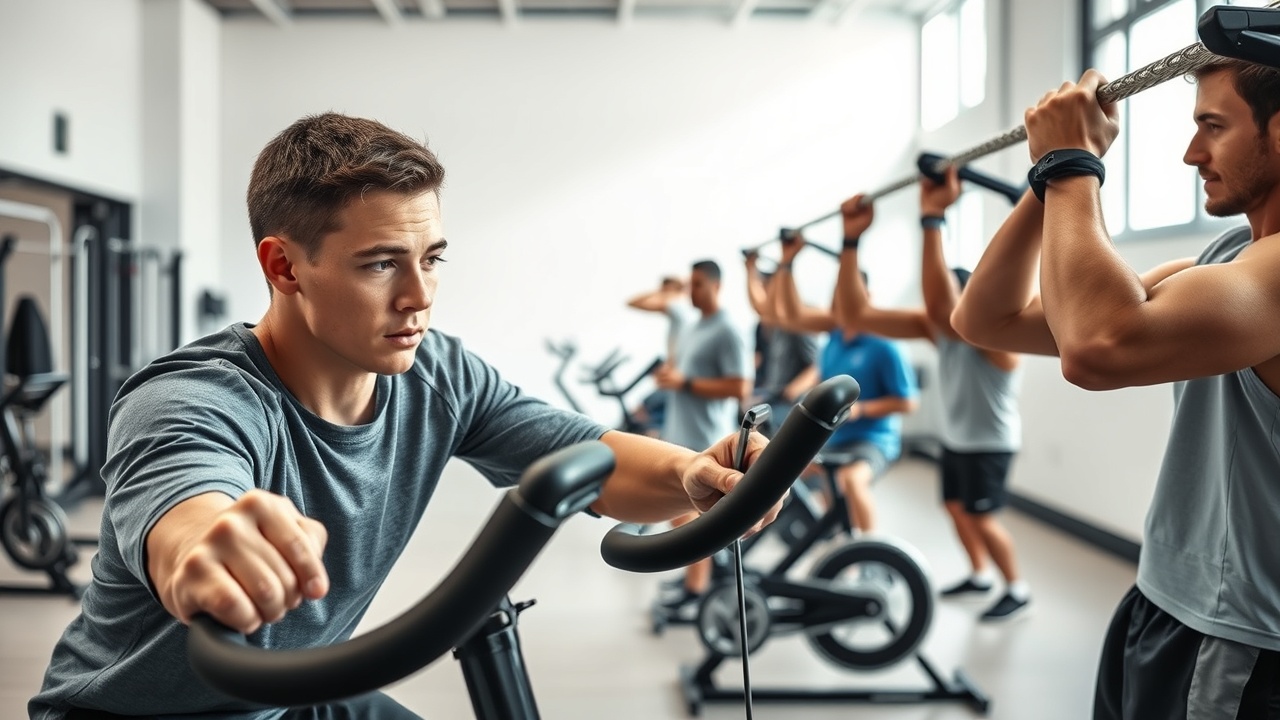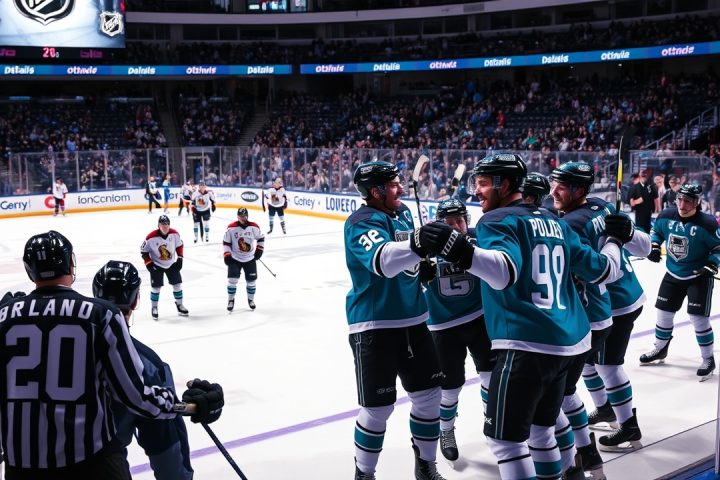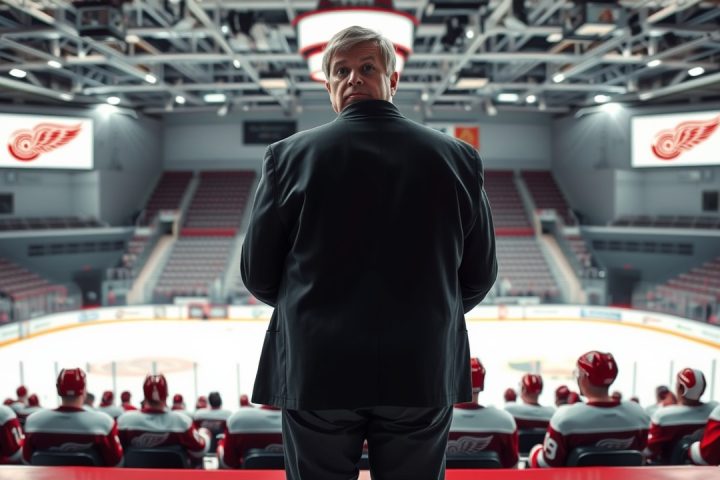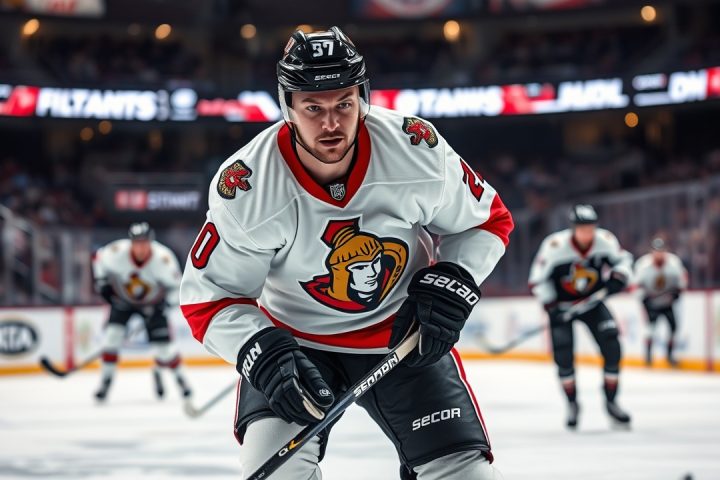NHL Scouting Combine Overview
On June 7, a group of six teenage athletes hailing from the U.S. National Team Development Program will gather at Buffalo’s LECOM Harborcenter to showcase their physical prowess at the highly anticipated NHL Scouting Combine. This annual event serves as a crucial platform for future hockey stars—as the participants don tank tops and shorts to impress a discerning audience composed of NHL general managers and scouts.
Significance of the Combine
According to Joe Meloni, the head strength coach at the U.S. NTDP, this is not just a routine exercise; it’s a significant opportunity for these players to demonstrate their speed, agility, and strength in front of keen eyes.
“You’ve got every scout in the NHL and every GM in the NHL watching you,”
he said, highlighting the intensity of the experience. For these six individuals—Asher Barnett, Will Belle, Kristian Epperson, Sam Laurila, Will Moore, and Charlie Trethewey—this combines training regimens have been underway for a rigorous four weeks at GVN Performance in Michigan, fine-tuning their bodies for the demands of the combine.
Performance Metrics and Preparation
NHL teams have been closely monitoring these players for two seasons as all six of them have already secured commitments to NCAA programs. As the combine unfolds, NHL organizations compile vital info on the performance metrics through 10 off-ice physical tests to complete their profiles on each player. Unlike the NFL Scouting Combine, where standout performances can dramatically impact draft positions, NHL combine results typically serve as an early overview to support years of further data collection leading up to their potential entry into the league.
Teams aim to gather information not only on physical capabilities but also on character attributes, from technical skills to body language. Kevin Neeld, director of performance for the Boston Bruins, emphasizes that how players handle themselves during testing can signal their commitment and fit within a team’s culture.
“If a player stumbles through the drills, it raises questions about their dedication,”
he stated.
Training Regimen
Besides the psychological game, Meloni implements a specialized training regimen focusing on replicating combine exercises as closely as possible. Ramping up their efforts post their final U18 World Championship game, the players begin their day early for about an hour of intense focus on speed and power. Adopting the mantra of ‘feeding the cats’, Meloni emphasizes not overworking the athletes, opting instead for targeted bursts of training that cultivate their innate capabilities.
Each training session is strategically crafted, including Chin-ups that mimic the maximum effort test from the combine, where players often add extra weights. Recovery is also prioritized with nutritional plans including well-timed shakes and meals from nearby eateries catering to the players’ needs.
Final Thoughts
Key tests utilized in their preparation, such as the Wingate bike test and other vertical and lateral jumps, are structured to not only evaluate but also enhance the players’ physiological responses leading up to the combine. Meloni maintains that frequent repetition over the training block serves to breed familiarization with each task, ensuring these young athletes are well-prepared and confident as they step into the spotlight for possibly one of the most significant assessments of their young careers.
In essence, while the NHL combine may not predict immediate success, it solidifies the foundation for teams to gauge the potential athleticism and professionalism of promising hockey players eyeing a bright future in professional sports.




